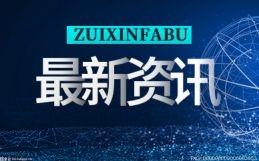 (资料图片仅供参考)
(资料图片仅供参考)
本文目录导航:
1、贡献者回答The Internet of Things (IoT) refers to the network of physical devices, vehicles, buildings, and other objects that are embedded with sensors, software, and network connectivity, enabling them to collect and exchange data. These devices can range from everyday household objects like thermostats and refrigerators to industrial machinery and infrastructure.The IoT allows these devices to be connected and communicate with each other, as well as with humans, through the internet. This connectivity enables the devices to gather and share data, which can then be analyzed and used to make informed decisions and automate processes.The IoT has the potential to revolutionize various industries and aspects of daily life. For example, in healthcare, IoT devices can monitor patients" vital signs and send alerts to healthcare providers in real-time. In agriculture, IoT sensors can monitor soil moisture levels and automatically adjust irrigation systems. In transportation, IoT can enable connected cars to communicate with each other and with traffic infrastructure to improve road safety and efficiency.However, the IoT also presents challenges and concerns, such as privacy and security risks. With the increasing number of connected devices, there is a need for robust cybersecurity measures to protect against potential breaches and data theft.Overall, the IoT has the potential to transform how we live and work, with the ability to improve efficiency, productivity, and convenience across various industries.
关键词:
